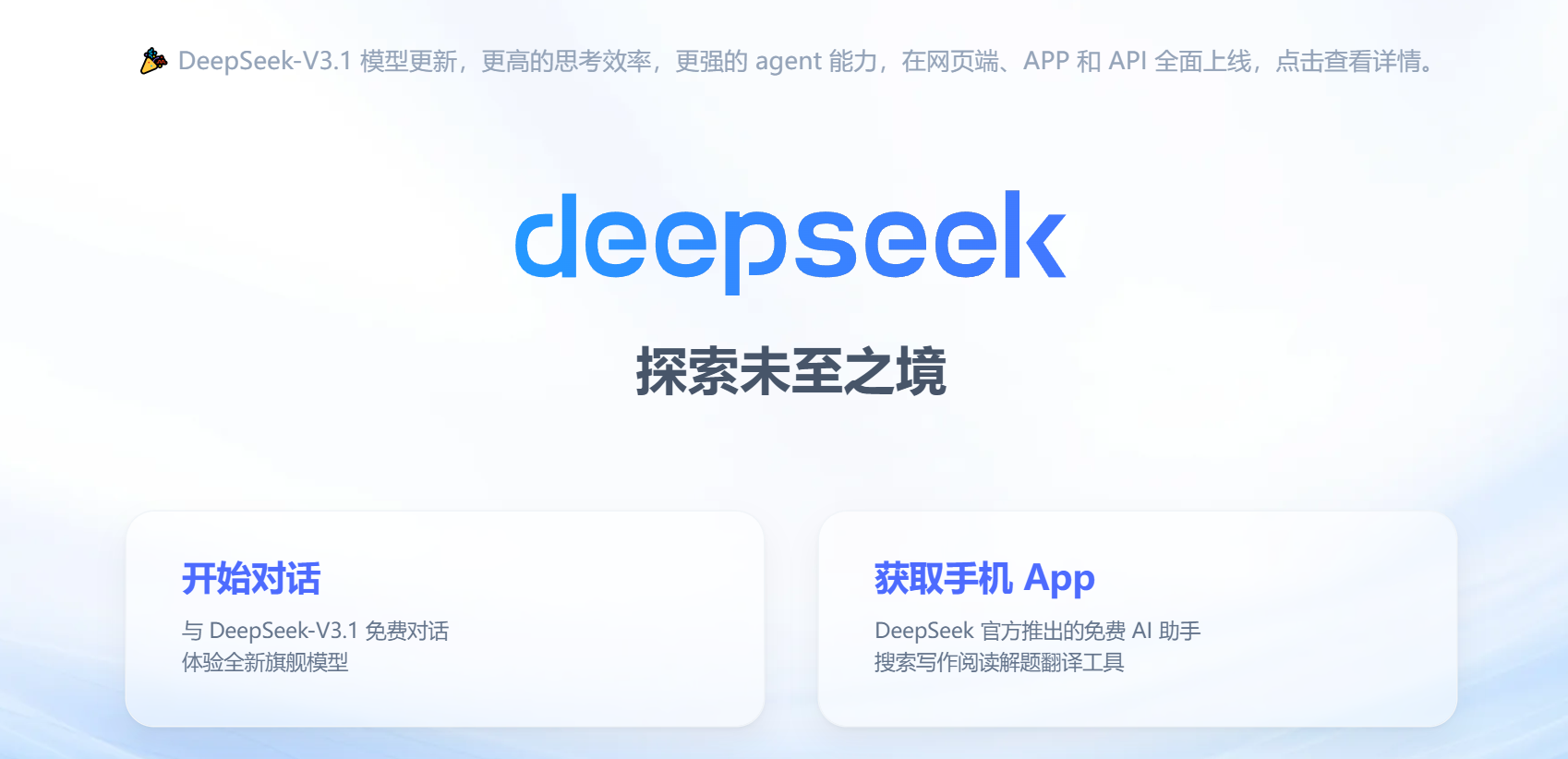The direct catalyst for this market is the latest development of the domestic AI model.
On August 22, the Hong Kong stock semiconductor sector ushered in a strong rebound, and many leading stocks rose sharply.Huahong Semiconductor's increase was close to 16%. Core companies such as SMIC and Shanghai Fudan recorded increases of more than 6%. Jingmen Semiconductor and Innosecco also performed well.
The direct catalyst for this market is the latest development of the domestic AI model.
On August 21, DeepSeek announced the launch of a new version V3.1 that supports domestic chips and FP8 precision.It is understood that FP8 is an efficient floating point number format that can significantly improve model operation efficiency while ensuring accuracy. The adaptation of domestic chips is a milestone in significantly reducing reliance on U.S. GPUs.

The release of V3.1 clearly proposes adaptation to domestic chips, which releases two signals: first, domestic computing hardware already has high-performance support capabilities; second, AI model manufacturers are actively moving closer to domestic hardware.Once this adaptation relationship forms a closed loop, it will create a definite demand for the semiconductor industry chain.
Simultaneously with this is the latest progress in chip manufacturing.
According to industry chain news, the inference chip designed by ZTE and Huahong Semiconductor based on the 7nm process has run through and entered customer testing.This marks the first successful system verification by a local China company on a 7nm-level AI inference chip.The advancement of the technology verification stage means that we are one step closer to the scale deployment of mid-to-high-end domestic chips.
Under the multiple benefits, southbound funds responded quickly.In the transaction on August 21, ZTE received a net purchase of HK$630 million, ranking among the top five net inflows that day.SMIC and other stocks traded actively, indicating that the capital market has formed a consensus on the recognition of domestic AI chip ecological breakthrough.The rapid increase in positions by southbound funds in the semiconductor sector also shows that overseas funds are capturing the structural opportunities brought by China's industrial strategic transformation.
In terms of institutions, CITIC Construction Investment clearly pointed out that the DeepSeek update marks that the domestic computing power ecosystem has a substantial foundation for implementation and will drive the overall acceleration of downstream applications.Tencent also disclosed at the performance meeting that the current supply channels of inference chips have been diversified and have certain domestic substitution capabilities.Against the backdrop of limited global GPU supply, domestic chips will become an important infrastructure to maintain the continuous operation of AI applications.
The bigger background is the continued escalation of the international technological blockade.The NVIDIA H20 chip was named and criticized by Chinese official media as "not advanced and environmentally friendly." The United States attached conditions to the restart of exports of H20 - 15% of sales revenue in China must be surrendered.This practice directly raises corporate procurement costs, while amplifying the uncertainty of the supply chain, forcing domestic companies to accelerate the transition to independent solutions.
In this context, the policy dividends of domestic computing power are continuously released.From the central to local governments, from industrial funds to leading enterprises, capital is rapidly flowing to domestic AI chips and upstream and downstream chains.According to public information, Huawei Shengteng chips have been deployed in key industries such as government, finance, and communications, and have received orders for multiple large-scale projects.This not only proves that its technical strength has reached commercial standards, but also demonstrates that domestic customers 'recognition of independent technologies continues to increase.
In addition, in recent years, the central government has repeatedly emphasized the development of "new quality productivity" in public. AI chips and their computing power infrastructure are undoubtedly the key fulcrum for achieving this goal.Whether from the perspective of national security or from the perspective of economic transformation and upgrading, autonomous and controllable semiconductor capabilities must be mentioned at the strategic level.And this consensus is transforming into real capital investment and market enthusiasm.
Tianfeng Securities judges that the global semiconductor market will continue to grow driven by AI in 2025, and the "autonomous and controllable" strategy in the current geopolitical context will make domestic substitution the main line in the medium and long-term.Huaxi Securities pointed out that the United States continues to strengthen its export review of high-computing power chips, which will push more AI manufacturers to switch to domestic solutions.Domestic demand and policy directions are highly consistent, providing a solid foundation for this round of market.
According to the analysis, the future trend depends on three variables: first, whether domestic chips can continue to meet the performance requirements of AI models for computing power; second, the real volume pace of domestic chips purchased by the government and large end customers (such as operators, banks, and government cloud); third, the adjustment of U.S. restrictive policies has reshaped the global supply and demand pattern.However, in the short term, domestic semiconductor companies with advanced technologies and deep integration into the AI industry chain will become the main allocation direction of funds.


